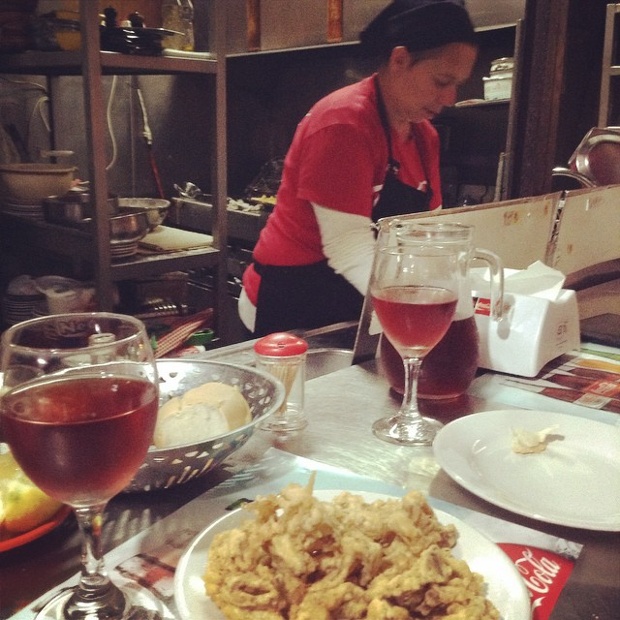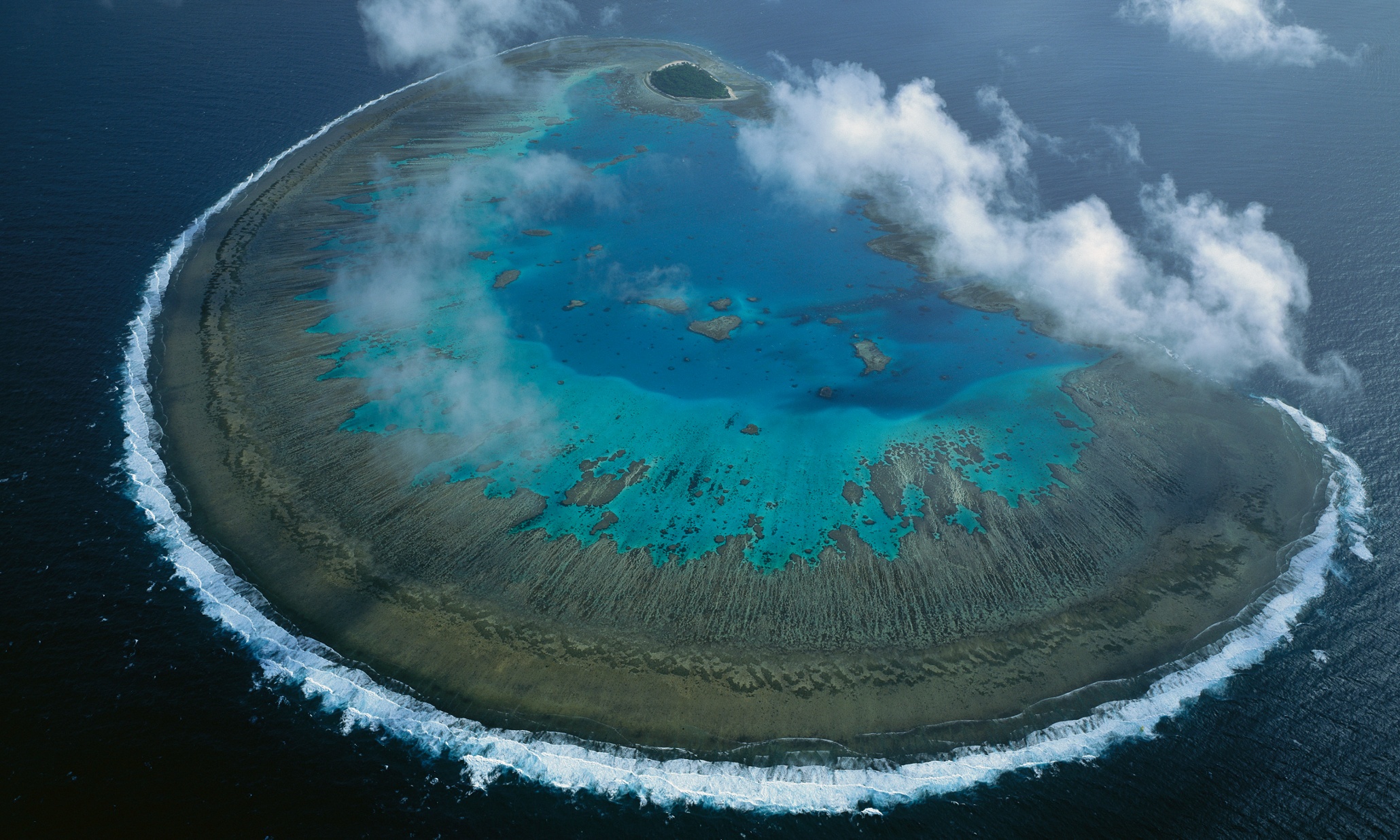This post may contain affiliate links. We may earn money or products from the highlighted keywords or companies or banners mentioned in this post.
A Saturday afternoon in Montevideo’s old town feels like the first scene of post-apocalypse movie 28 Days Later. The rows of 19th-century townhouses look abandoned, with some of the windows concreted up and plants growing through the balconies. You peer down an empty street looking for a sign of life, but all you get are glimpses of the rippling Plate river, which lies at the end of every street on this peninsula.
This is one of the first areas of Uruguay’s capital many visitors see, as they head for the Mercado del Puerto. Inside this cast-iron market hall, the city suddenly seems to burst into life. Silence is replaced by the singsong chatter of Brazilian tourists and the hollers of overworked waiters; the floor is densely packed with open-plan restaurants, all set around giant parrillas (grills), loaded with steak, blood sausage and peppers.

Photograph: Vicky Baker
The ritual goes like this: you pull up a seat at one of the bars, eat until you can eat no more, then head back out on to the street, where, again, you’re dazed and confused by the emptiness, or maybe a little too tipsy on medio y medio (a mix of white and sweet sparkling wine) to notice.
Montevideo has often left me baffled. How can a capital’s streets be so quiet? Where do its million residents go? At the weekend, they’re mostly at the laid-back Atlantic beaches but even so, wasn’t this supposed to be a smaller version of Buenos Aires (three hours away across the river)?
“It used to be that when Argentina sneezed, Uruguay caught a cold,” says Sebastián Auyanet, a local journalist, over a drink at La Ronda, a bar on Calle Ciudadela. “But that’s not the case any more. The country is doing well now.”
Parts of the old town are still run down, but a tatty building in front of us is about to become a cultural centre, the old Carrasco casino has reopened as a Sofitel, and the historic Jockey Club on Avenida 18 de Julio is now a high-end restaurant. La Ronda has been the go-to bar for over a decade. “A place where hipsters came before hipsters were invented,” is how one Uruguayan described it to me. It’s a box-like room with decks on the bar and record sleeves on the walls. It has perfected the art of having a buzz without trying too hard.
That’s Montevideo all over. Another must-see is Bar Madison on Calle Andes, also a haunt of Uruguay’s outgoing president, José Mujica, the ex-guerrilla who legalised marijuana and donates most of his salary to charity (the second round of voting for the next president is on 30 November). As I down the last of my coffee, I ask the waiter if it’s true that Pepe, as he’s known, eats here. He shrugs: “Yeah, he’s been a bunch of times. He goes to various places.”

Photograph: AFP/Getty Images
“We don’t all give our salaries away!” jokes a patron later that night at La Esquina del Mundo, a bar on residential Calle 2 de Mayo, that’s lined with kitsch knickknacks, from old clothes rails to vintage dolls. The crowd here is young and arty – but similarly laid-back. Napkins sit in old football trophies and before taking a seat I have to move aside a stuffed dog wearing tartan dungarees. The place is so impromptu that if owner Juan wants to close early, he just writes a note to patrons on the door in marker pen.
Music is huge here, spanning everything from opera at the grand Teatro Solís to bossa nova and tango. Strictly Come Dancing talks about the Argentine tango but Uruguayans insist the music grew up equally on both sides of the river. But what makes the Uruguayan scene unique is candombe (not to be confused with Brazilian candomblé), a style of drumming inherited from African slaves that remains an integral part of the culture. Every Saturday and Sunday evening in the Palermo and Barrio Sur neighbourhoods, informal candombe groups, with participants of all ages, parade down streets lined with trees and low-rise colonial houses.
Streets elsewhere remain sleepy at weekends. I’m fond of its ways now, but wonder if one day I’ll come back and find the old town’s had a makeover, like Bogotá’s gentrified Candelaria or Casco Viejo in Panama City. Maybe Montevideo’s Palermo neighbourhood will one day have as many boutique hotels and chic cafes as its Buenos Aires namesake.
“Tell the world we’re different,” Mujica once told a foreign journalist who caught him at Bar Madison. He was referring to a president being able to dine somewhere cheap, with no security detail, but it could be read as advice to visitors, too. Don’t come here projecting your own views of what a city should be. Immerse yourself in Montevideo’s rhythm and, under the surface, you’ll find a city moving confidently to its own beat.
• The trip was provided by Journey Latin America (020-8600 1881, journeylatinamerica.co.uk), which has an 11-day trip to Uruguay and Argentina from £2,503pp, including flights
Powered by WPeMatico











